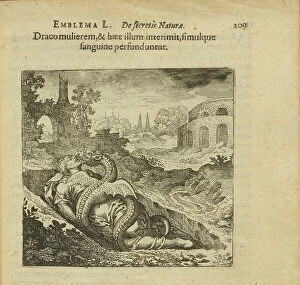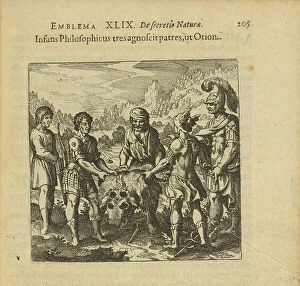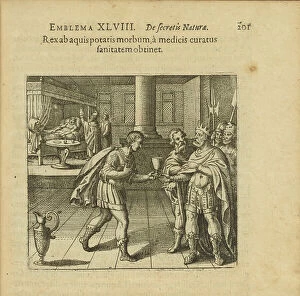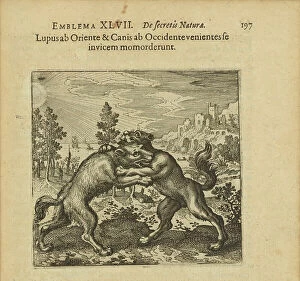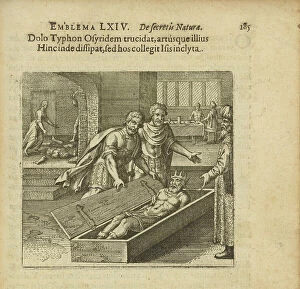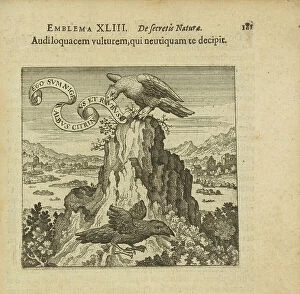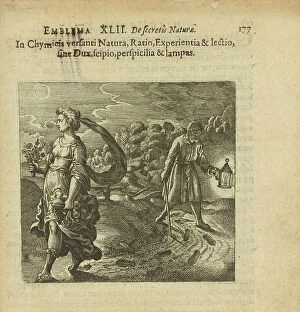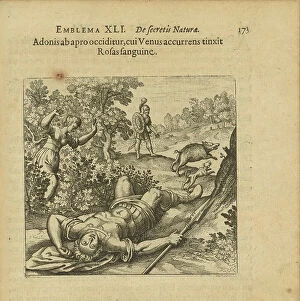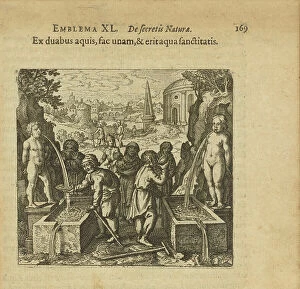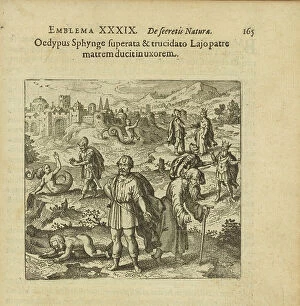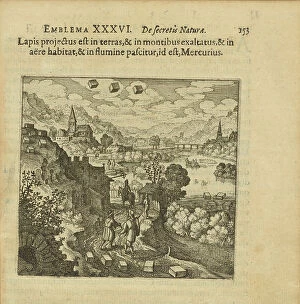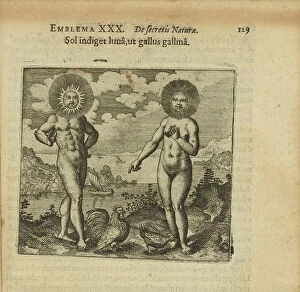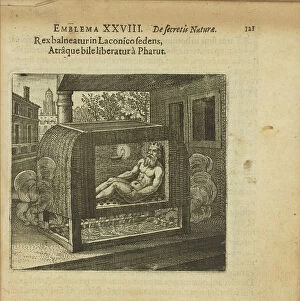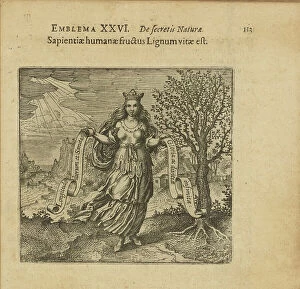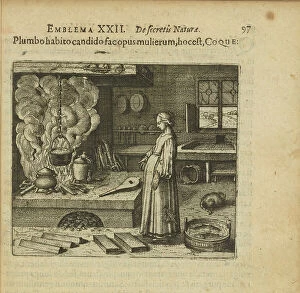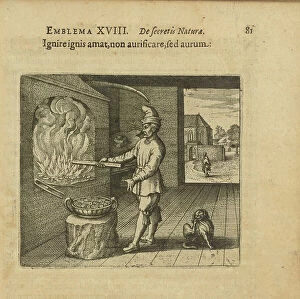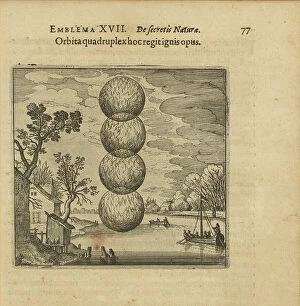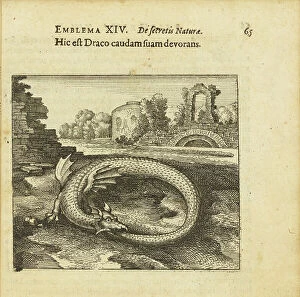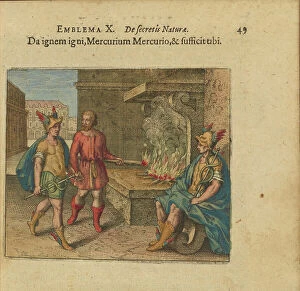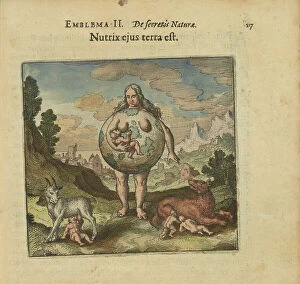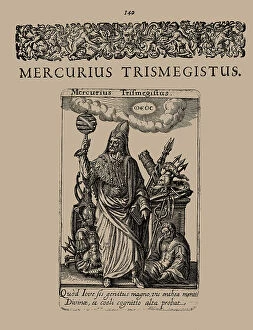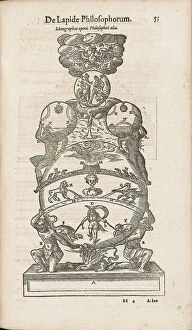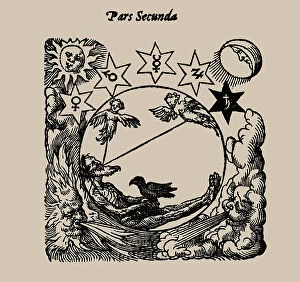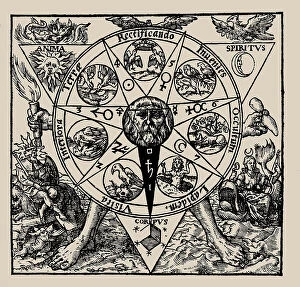Magnum Opus Collection
"Unveiling the Mysteries
For sale as Licensed Images
Choose your image, Select your licence and Download the media
"Unveiling the Mysteries: Exploring the Magnum Opus of Alchemy and Astrology" Step into a world of ancient wisdom and esoteric knowledge as we delve into the enigmatic realm of alchemy and astrology. In this captivating collection, we encounter a diverse array of intriguing figures who have dedicated their lives to unraveling the secrets of the universe. First, we are transported back to 1760, where a German master artist brings Python's Alchemical and Rosicrucian Compendium to life. The intricate illustrations depict the intricate processes involved in transmutation, symbolizing man's quest for spiritual enlightenment. Next, we witness Roger Bacon sending his Magnum Opus to the Pope. This pivotal moment captures both anticipation and trepidation as Bacon entrusts his groundbreaking work to ecclesiastical authority. In Rome on April 14, 1791, Joseph Balsamo finds himself facing the Inquisition. Known as comte de Cagliostro, he stands defiantly before his accusers – an embodiment of alchemical rebellion against societal norms. An alchemist immersed in his laboratory appears next – surrounded by bubbling flasks and mysterious symbols etched onto parchment. His intense focus reflects both dedication and obsession with unlocking nature's hidden truths. A Zodiac Man diagram from Liber Cosmographiae transports us further back in time to 1408 when bloodletting was believed to be influenced by celestial movements. This illustration serves as a reminder that even within scientific pursuits lies remnants of archaic beliefs. Returning once again to Joseph Balsamo (comte de Cagliostro), this time he is depicted creating an Homunculus within his cabinet. A testament to alchemists' pursuit of artificial life forms through arcane rituals - an endeavor shrouded in mystery till this day. The year is now 1882; schools teach alchemy alongside astrology - disciplines intertwined throughout history.

